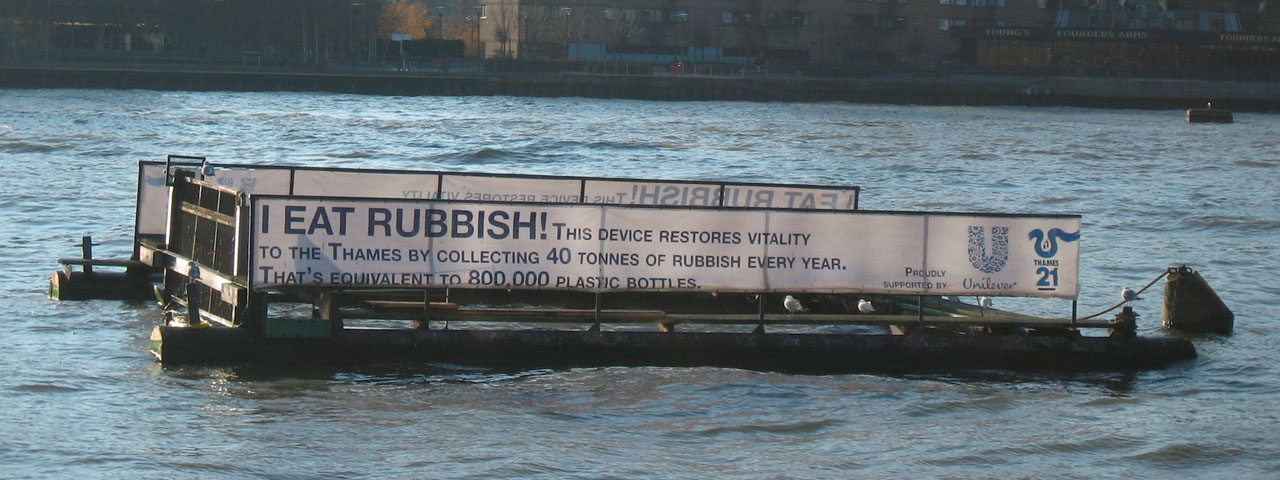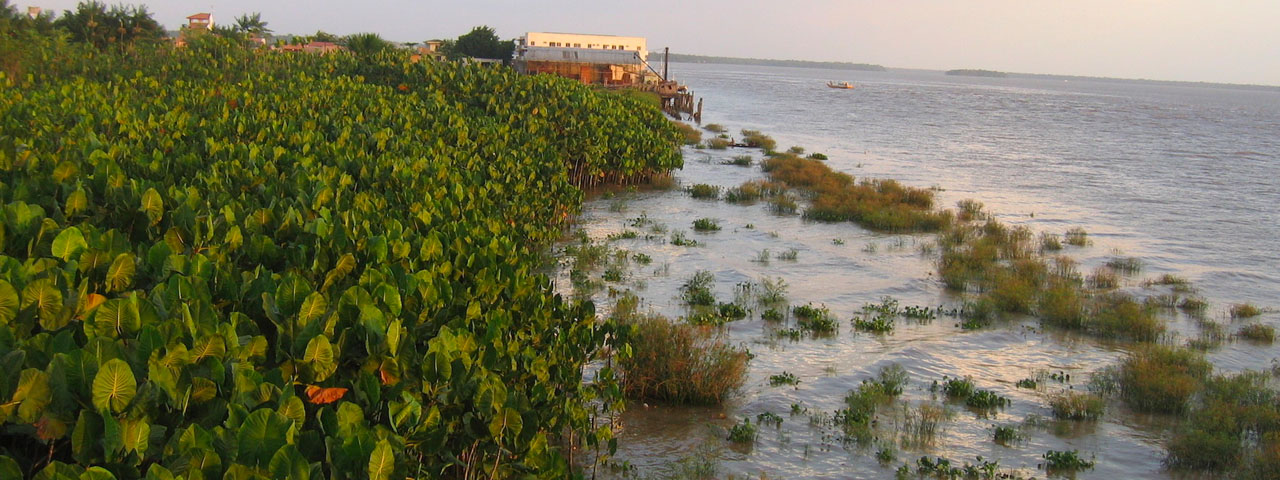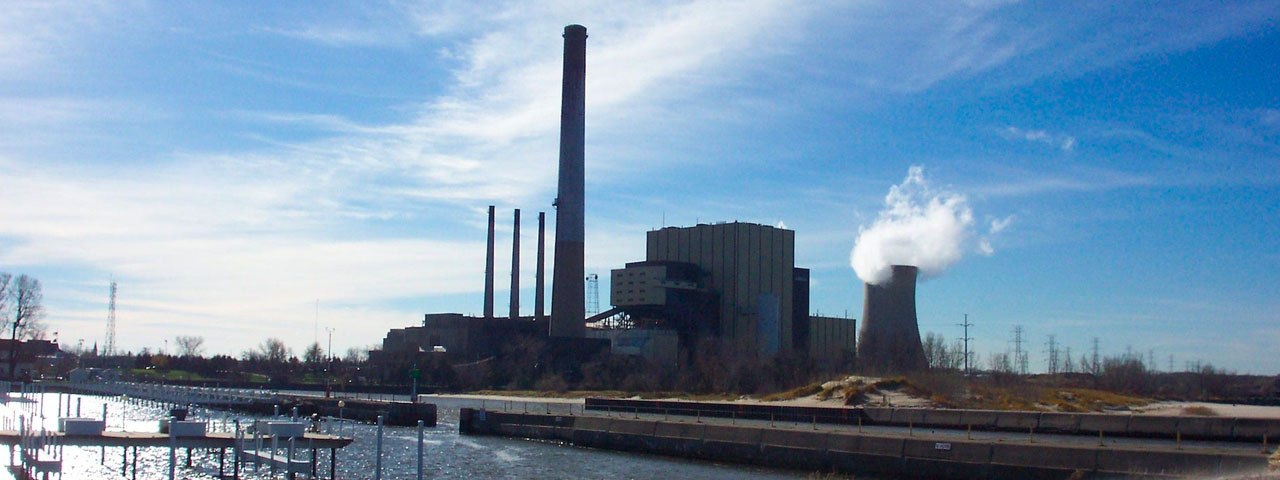Across the CUNY campuses, faculty and researchers are engaged in a number of different areas of environmental research. The Environmental Sciences Initiative is designed to provide an open and highly interactive setting for researchers to engage in innovative and cutting-edge work.
Ecological Footprints

Contemporary cities are not self-contained entities, but rely on ecosystem services provided by natural lands far beyond its borders for the provision of its material resources, food, water and energy and the disposal of its waste. An ‘ecological footprint’ is the equivalent area of land needed to provide the ecosystem services required by a community.
From the design of buildings to be more self-sustained to the analysis of global geospatial data, CUNY researchers are collaborating to better understand the ecological footprints of cities worldwide and to develop new technology for cities to reduce their ecological footprints.
Ecosystem Services

Human society is dependent on the ‘free’ services provided by ecosystems, ranging from the provision of food and fiber, the natural filtration of water, the regulation of climate, and the cultural and aesthetic value of natural landscapes.
CUNY environmental scientists are working to better understand the complex processes and interactions of natural ecosystems and how they can be more effectively managed to support society. This includes new technology to better monitor these systems, the development of numerical models to ‘fill in the gaps’ in existing datasets, and collaboration with social scientists and economists to quantitatively assess the value of the ‘natural capital’ on which society relies.
Green Infrastructure

Modern engineers are increasingly utilizing the natural services provided by ecosystems to support their design. Examples of this ‘green infrastructure’ include green walls, rain gardens, green roofs and constructed wetlands, all of which may play a critically important role in supporting cities as the face environmental challenges such as aging infrastructure, accelerating population and climate change. As a result, many forward looking cities – including New York City – have begun to embrace green infrastructure, but are only at the earliest stages of utilizing its full potential.
The development of green infrastructure requires the collaboration of researchers across disciplines including engineers, architects, soil scientists, botanists and social scientists. Access to novel sensing technology allows scientists to better monitor the performance of green infrastructure – with implications for food security, air and water quality, climate regulation and human health.
Megaregions

‘Megaregions’ have been identified as an important new scale of geography for policy decision-making in the United States. These regions extend beyond local boundaries, such as those of cities, to incorporate areas with linked economies, infrastructure and land-use patterns and shared climate and environmental systems, such as watersheds. A prominent example is the Northeast Megaregion, extending from Maine through Virginia and including New York City, Boston, Philadelphia, Baltimore, Washington D.C. and their supporting hinterlands.
Interdisciplinary researchers at CUNY use remote sensing, numerical modeling and ‘big-data’ analytics to better understand the complex interactions and processes within megaregions and to provide scientific information to support decision making at multiple scales of governance.
Urban Metabolism

The recent availability of novel sensing technology and ‘big data’ analytics allows environmental scientists to investigate the ‘metabolism’ of cities, quantifying their fluxes and storage of materials, water, energy, nutrients and waste. The development of this holistic characterization of cities is dependent on the co-production of knowledge between environmental scientists, citizen scientists and environmental managers.
Researchers at CUNY are developing novel approaches for citizens to collect data for use in high-level research, cyberinfrastructure to support the management of these large, complex datasets and visualization tools to make the outcomes of their research accessible for scientists and environmental decision makers.
Urban Resilience

Resilience is the ability of a system to maintain its original identity, structure and function through disturbance. In the context of cities – which are extremely complex socioecological systems – disturbances can include shocks, like hurricanes and Nor’Easters or long-term stresses such as rising sea levels or expanded urban development.
CUNY researchers are working across disciplines to better understand the key ecosystem services that New York and other global megacities rely on to function, to better understand the potential impacts of disturbances, and to develop new infrastructure and strategies to make cities more resilient. Through iterative engagement with stakeholders, this work will provide important information to support decision making as cities worldwide face the unprecedented environmental challenges of the Twenty-first Century.
